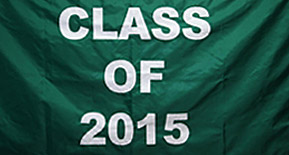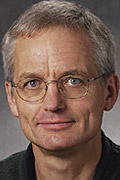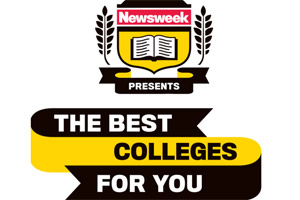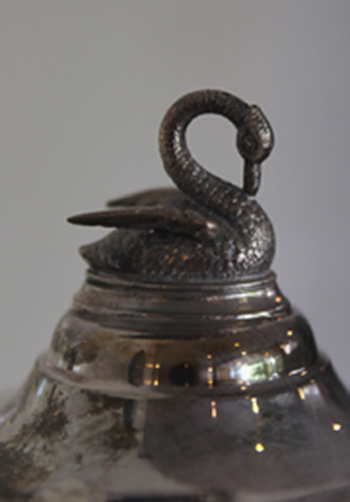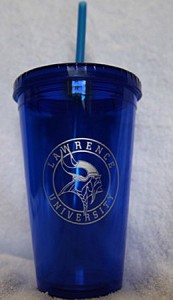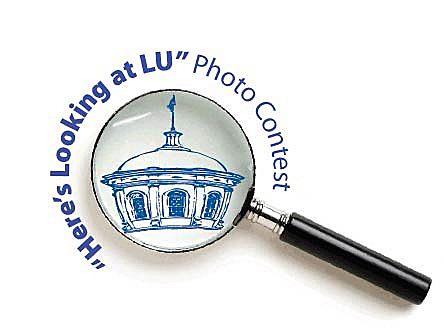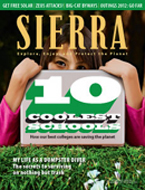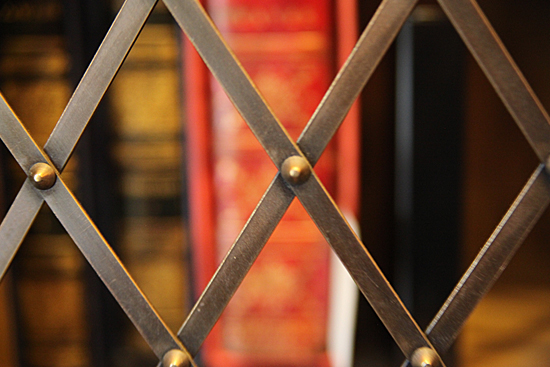Members of Lawrence University’s class of 2015 will become better acquainted with their new hometown Saturday, September 10, when they head into the streets of Appleton for an afternoon of volunteering.
The 363 first-year students arrived in Appleton this week from 26 different states and 21 different countries. The Into the Streets program is designed to help them understand the needs of the community they will call home for the next four years.
“The program is a great introduction to the community,” said Kristi Hill, director of volunteer and community service programs. “Participating in a group service project allows students a comfortable approach to becoming involved in the community and may motivate future interests in career and volunteer options, expand social connections, and to learn more about community needs.”
The Lawrence students will volunteer at the following organizations:
- Emergency Shelter of the Fox Valley
- Goodwill Community Center
- Manor Care
- Edison Elementary School
- Valley New School
- Sustainable Lawrence University Garden
- Paper Discovery Center
- Building for Kids Children’s Museum
- COTS
Lawrence students will help with cleaning, unloading, taking inventory, planting, harvesting, landscaping, bowling with senior citizens and constructing a greenhouse alongside homeless shelter residents.
Lawrence University’s mission emphasizes preparing students for “responsible and meaningful citizenship” and the Into the Streets Program is one of dozens of community service events that Lawrence University students participate in annually.
